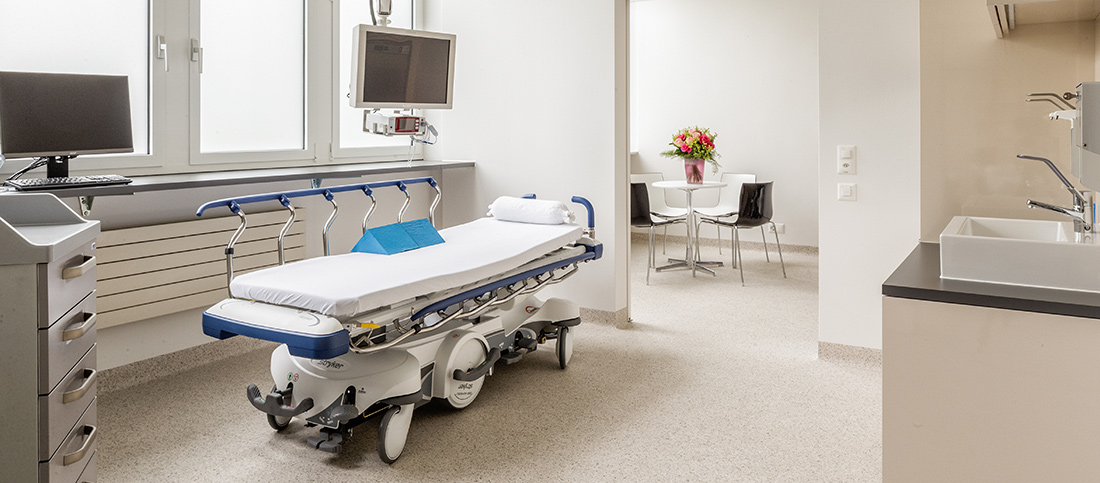PH-Metry and Impedance-pH-Metry
Long-term pH-metry is used to determine whether an increased reflux of gastric acid is present in a patient's oesophagus, which can lead to problems like heartburn. The impedance-pH-metry can also be used to record belching and non-acidic reflux.
For both measurements, a thin probe is inserted through the patient's nose, then through the throat, and then into the oesophagus. A pH sensor is located at the tip of the probe. The sensor measures the amount of acid reflux over a 24-hour period. The probe is connected to a small recording device, which the patient wears during the test. The test is performed on an outpatient basis.
The pH-metry and impedance-pH-metry tests are important techniques used in the diagnosis of gastroesophageal reflux diseases.

